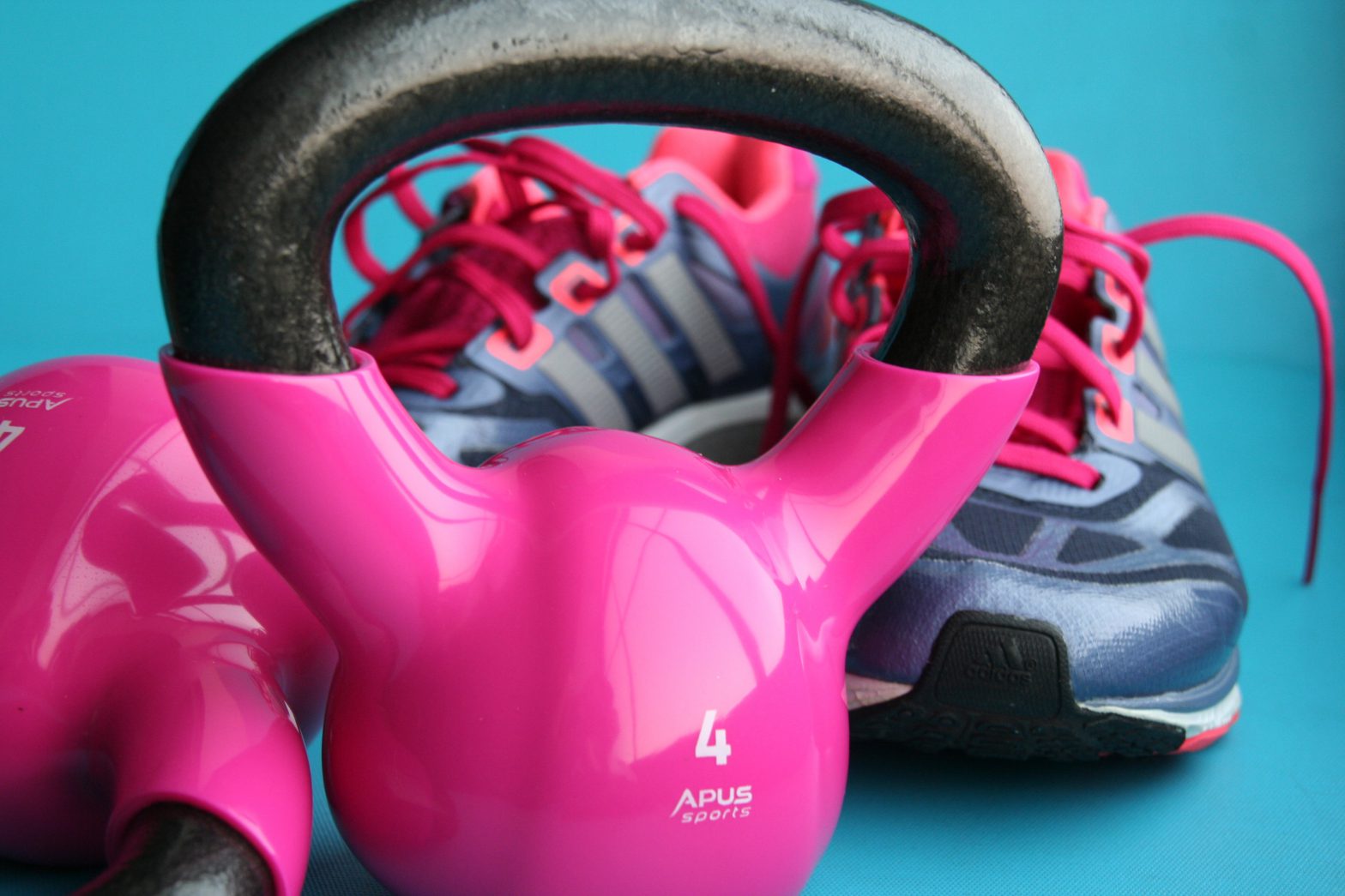Happy New Year from Activa Physiotherapy Ottawa! It’s that time for New Year’s resolutions so we encourage you to be careful and reduce risk of injury if you’re pursuing an ambitious fitness plan after time away from regular exercise.
A rapid increase in physical activity and intensity often causes common injuries including achilles and gluteal, calf and hamstring strains, lower back and neck strains, and rotator cuff injury.
Consider these 5 ways to reduce risk of injury so you can follow through on your New Year’s resolutions to improve your health and fitness while sustaining wellness throughout 2017 and beyond.
1. Set realistic goals
Have you walked, swam or skied 3-5 times per week in the past few months? If not, consider starting with this level of exercises before you consider more intense training or bootcamp. It’s also recommended to set realistic goals, especially when it comes to weight loss as 1 to 2 pounds per week is sensible and attainable with a suitable exercise and nutrition program.
2. Compliment cardio with body-weight exercises
Start with 2-3 weeks of body-weight exercises including squats, step ups, sidesteps, calf raises, push ups and side planks. This will prepare you for heavier lifting later in the month as you build to 2-3 strength sessions per week.
3. Limit high-intensity interval training sessions
It is recommended that you limit high-intensity interval training to 2 non-consecutive days per week for the first 2-3 weeks then increase to 3 times per week. It takes 2 days for your muscles to recover and 3 days for your tendons to recover so make sure the days in between are intended for low-moderate intensity exercises such as walking, biking, swimming, pilates or yoga. Back-to-back days of high-intensity interval training in untrained individuals is not advised as it can quickly lead to injury.
4. Try strength training exercises
Strength training exercises help build your muscles and slow the aging process. They are also convenient to do at home so you don’t need fancy gym equipment to accomplish effective strength training. Push-ups, squats and exercises with resistance bands protect bone health and muscle mass, make you stronger and fitter and help to prevent disease.
5. Take rest days
Studies show that people who take less than 2 rest days per week have an increased risk of overuse injury than those who take 2 or more rest days per week. Get enough rest so that you can feel energized to achieve your fitness and health goals!
We encourage you to consult our physiotherapist or fitness trainer before starting an exercise or strength training program to ensure that it is customized for your needs.
